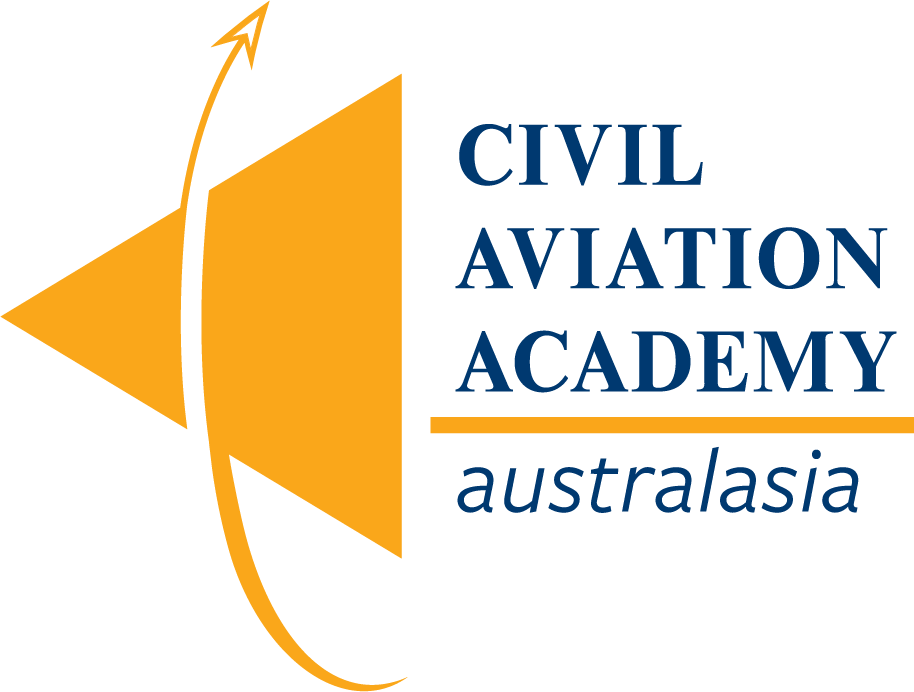- 08 6180 7939
- andy@caaa.com.au
- Mon - Fri: 9:00 - 15:00 (WST Perth)

CAAA News
Crafting operations manuals in plain English
Facebook
LinkedIn

Transforming legal jargon into clear instructions for your personnel
In today’s complex regulatory landscape, operators often find themselves drowning in a sea of legislation to interpret and convoluted procedures. Operations manuals, once intended to guide personnel efficiently, often become dense documents that create confusion rather than clarity.
However, there is a solution: rewriting these manuals in plain English. By doing so, organisations can transform a potential liability into a valuable resource for their personnel.
The Problem with traditional manuals
Traditional operations manuals are typically filled with legalese, technical jargon, and convoluted language – just like this sentence! While this may satisfy legal requirements, it creates significant challenges for personnel trying to understand and follow procedures. Personnel may struggle to understand instructions, leading to errors, inefficiencies, and even safety risks.
In a lot of cases the ‘procedures’ part of the manual has been replaced with meeting compliance requirements. We all too often also see manuals that are not written in content for example a manual may often say:
…we will implement procedures to ensure…..
Ok, fabulous but what ARE those procedures, what is it that we are going to DO in our organisation to meet that compliment element. This is an example of when a manual is written from the rules and not for the organisation.
Operations manuals have also become extremely longwinded and confusing. A few ‘golden rules’ we use to avoid this are:
- Reduce the length of sentences to no more than 23 words – less if possible by starting a new sentence of placing a list of bullets instead of longwinded paragraphs.
- Write using your ‘positive voice’ i.e. don’t tell us what we are not allowed to do but tell us the procedures and the circumstances in which we can do it – makes everyone’s live much easier.
- Who is your audience – you are writing for your apprentice, your new member of staff who will never read the legislation, so write for them, how is it you would verbally explain the information – then write that down as your procedure.
- Don’t use jargon or complicated terminology – imagine you are writing to your 15 year old self and you will pitch it about right as a result.
Let us look at an example that combines the ideas above:
The original:
The only concession is that the examiner is a GP (if you are able to find a willing one), the medical standard is such that if you pass this examination you will pass a Class 2 for a PPL, in return for which there are a lot of restrictions on use such as only one other person in the aircraft, below 10,000 feet only ONE engine (why that?) and a weight restriction on the aircraft.
Good gracious!
To start with this sentence has:
- 75 words
- 2 sets of brackets
- 3 separating commas
- 3 completely different ideas.
A solution (and not the only one) is below as an example of how to turn the complex and confusing into plain English. We are dividing and conquering the length of the sentence by removing ‘opinion’, separating the ideas and adding bullets. And let’s be positive and not list restrictions but what you can do.
As the holder of a PPL, you may be issued a class 2 medical by a GP. Your class 2 PPL medical enables you to conduct a flight:
- with one other person on board
- below 10,000 ft
- in a single engine aircraft with a MTOW of XXX kg.
The important thing to ensure the intent of the original content or legislation remains (you can’t change the rule) – this is of course critical to compliance. And, as is the case here, get some information to assist the reader – we would get the actual limiting weight to insert.
It is interesting to note that this example was taken from an article written to address issues with the Australian CASA legislation being too verbose and confusing. The article starts with the comment: “The regulation seems unnecessarily verbose, complicated and sometimes internally contradictory” ….hmmmm.
The power of plain language
Writing in plain English involves simplifying language and structure to make the content more accessible and understandable. By adopting this approach, operations manuals can become user-friendly guides that empower personnel to perform their duties effectively and confidently.
Here are just some advantages to having well-written procedures:
- Training: Well-written procedures serve as invaluable training tools, providing clear guidance for new employees and helping existing staff members refresh their knowledge.
- Consistency: Procedures ensure that tasks are performed consistently across teams and departments, reducing errors and improving overall efficiency.
- Auditability: Clear procedures make it easier to track and audit processes, ensuring compliance with regulations and industry standards.
- Accountability: Having documented procedures holds individuals accountable for their actions, as responsibilities and expectations are clearly outlined.
- Continuous improvement: Well-written procedures facilitate ongoing evaluation and refinement of processes, driving continuous improvement initiatives within the organisation.
- Improved understanding: Personnel can easily grasp procedures and protocols, reducing the likelihood of errors and misunderstandings.
- Enhanced compliance: Clear instructions make it easier for employees to comply with regulatory requirements, minimising the risk of non-compliance penalties.
- Increased efficiency: Streamlined manuals enable personnel to perform tasks more efficiently, saving time and resources for the organisation.
- Boosted morale: Empowering personnel with user-friendly manuals enhances their confidence and job satisfaction, leading to a positive work environment.
Steps to rewriting manuals in plain English
- Know your audience: Understand the backgrounds, knowledge levels, and communication preferences of your personnel. Tailor the language and content of the manual to meet their needs.
- Simplify language: Replace technical terms and legal jargon with everyday language that is easy to understand. Use clear and concise sentences to convey information. The synonyms function in a word document is a good start.
- Organise content logically: Structure the manual in a logical order, with clear headings and subheadings to guide readers through the document. Use bullet points and numbered lists for procedural steps. No manual needs to be written in the order of the legislation – you decide in what order you wish to present your material.
- Provide context: Help personnel understand the significance of their tasks by providing context and explaining the purpose behind procedures. This enhances comprehension and fosters a sense of ownership. We are also far more likely to follow a procedures that we understand its consequences and/or role in the bigger picture.
- Use visual aids: Incorporate diagrams, charts, and illustrations to complement written instructions. Visual aids (graphics) can enhance understanding and serve as quick reference tools.
- Use tables and bullet points: Where possible include information as flow charts. Utilise bulleted lists and tables to decrease unnecessary words and make it easier to find and read the information. Remember if a procedures needs to be completed in a particular order, number the procedure elements. If it is a list of items, for example, then bullet points are appropriate.
- Seek feedback: Involve personnel in the rewriting process by soliciting feedback on draft versions of the manual. Incorporate their input to ensure that the final document meets their needs.
If in doubt, get the professionals to help
Hiring a manual writing specialist with expertise in aviation AND writing in plain English is the optimal choice for advising and managing the project of rewriting operations manuals. A specialist manual writer brings a deep understanding of aviation regulations, terminology, and best practices. They will ensure your manuals meet industry standards and compliance requirements. By leveraging their knowledge and experience, the specialist can streamline the writing process, saving time and resources for your organisation.
Moreover, their familiarity with aviation operations allows for the identification of potential safety hazards. This leads to the implementation of effective risk mitigation strategies, ultimately leading to safer operations. Long-term benefits include reduced liability exposure, improved efficiency, and enhanced credibility in the eyes of regulatory authorities and stakeholders.
Additionally, having a specialist onboard can bring fresh perspectives and innovative approaches to manual design and content. This keeps your organisation ahead of emerging trends and technologies in aviation documentation.
Conclusion
In today’s fast-paced business environment, clarity is key. By rewriting operations manuals in plain English, companies can transform them from daunting documents into valuable resources that empower personnel and mitigate risks. Embracing plain language not only ensures legal compliance but also fosters a culture of transparency, efficiency, and success.
Contact us today to discuss how our manual specialists can assist you.
